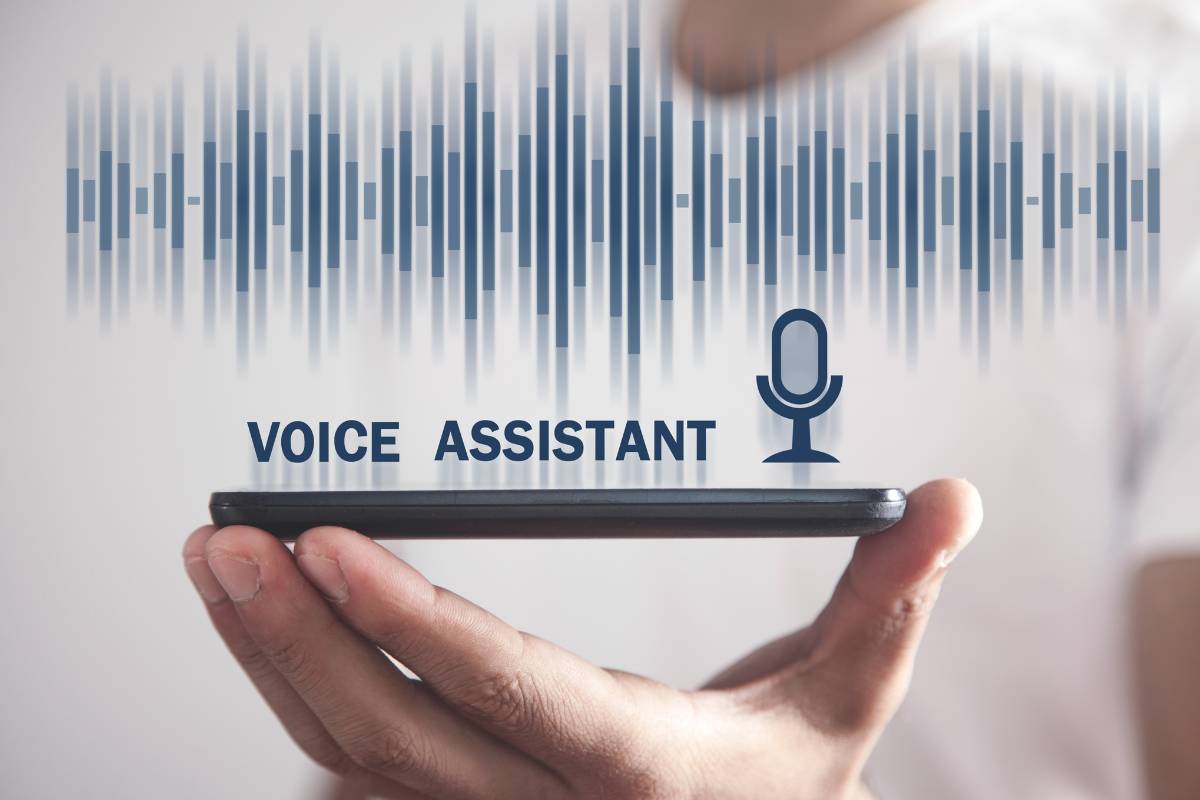How Voice Cloning AI is Revolutionizing Entertainment: From Audiobooks to Films

The entertainment industry has always thrived on innovation, from the days of silent films to today’s digital effects and virtual reality experiences. As technology advances, a new frontier emerges that has the potential to transform how we consume media: voice cloning AI. From audiobooks to films, this cutting-edge technology is changing the way voices are made and used, providing unparalleled opportunities for creators and listeners alike.
Table of Contents
ToggleWhat Exactly is Artificial Intelligence for Voice Cloning?
Voice cloning AI is the use of artificial intelligence to generate digital reproductions of human voices. This technology analyses a person’s vocal patterns, such as tone, pitch, and rhythm, and then employs machine learning algorithms to create a synthetic voice that is nearly identical to the original. The procedure enables a digital model to “speak” with the cloned voice, either by reading text or engaging in real time.
Voice synthesis has been around for a while, but recent advances in deep learning and neural networks have elevated voice cloning to new heights. It is now possible to clone a voice from just a few minutes of recorded audio. This has opened the door to a wide range of uses, including entertainment, education, and beyond.
The Function of Voice Cloning AI in Audiobooks
Audiobooks have grown in popularity over the last decade, with more individuals listening to them while commuting, exercising, or relaxing. Traditionally, producing an audiobook meant hiring voice actors, scheduling recording sessions, and going through a lengthy editing process—An often time-consuming and costly endeavor. Voice cloning AI provides a game-changing solution.
Publishers can use voice cloning technology to create high-quality voiceovers for audiobooks without real narrators. AI can clone the voice of a well-known narrator or even the author, providing listeners with a one-of-a-kind experience of hearing the book read by the author themselves. The convenience and cost-effectiveness of this approach may result in an explosion of audiobook content since smaller publishers and independent authors will have more resources to generate professional-quality audiobooks.
How It Works: Voice Cloning Process
Do you want to know how to clone a voice using AI? The method typically includes the following steps:
- Data Collection: First, a sample of the voice you want to clone is required. Depending on the AI model, this might be anywhere from a few minutes to several hours of recorded speech.
- Training the AI Model: After collecting the speech data, the AI is trained to recognise the individual’s distinctive vocal patterns. It examines the voice’s frequency, intonation, and other features.
- Voice Synthesis: Following training, the AI model may synthesize new speech from the cloned voice. This can take the form of text-to-speech, in which any text input is “read” aloud by the cloned voice, or real-time vocal interaction.
- Refinement: In some circumstances, the cloned voice may undergo additional improvements to guarantee it sounds genuine to the original speaker.
This technology enables voice cloning AI to provide natural, lifelike voice performances, making it an ideal solution for audiobook narration.
The Effect of Voice Cloning AI on Films
In the world of cinema, voice performances are essential for storytelling, and traditionally, voice acting has been a talent-intensive and arduous endeavor. Voice cloning Artificial Intelligence has begun to influence the way films, particularly animated ones, are made. Here’s how.
1. Voice Continuity for Actors
One of the most practical applications of voice cloning AI in movies is to provide voice continuity for performers who are unable to perform due to schedule constraints or health issues. For example, if an actor is unable to complete their voice recordings for a film, AI can come in to clone their voice and finish the remaining lines. This enables continuity in character depiction without the actor having to return to the studio.
2. Bringing Back Iconic Voices
Hollywood has already tried to bring great stars back to life on film using CGI. With voice cloning AI, the next natural step is to replicate these performers’ voices. For example, a voice clone of a deceased celebrity actor may be utilized in new films or ads, bridging the gap between the past and the present.
3. Localisation & Dubbing
Dubbing films into other languages has always been a fundamental challenge in global cinema. Human voice actors that can perform in numerous languages are often in short supply, and localization is expensive. Voice cloning AI can help address these challenges by producing multilingual versions of an actor’s voice, allowing for smooth dubbing while preserving the nuances of the original performance. This can create a much more immersive watching experience for worldwide viewers.
4. Animation & Video Games
In animation and video games, where character voice diversity is critical, voice cloning AI enables game developers and filmmakers to generate a variety of distinct voices on demand. AI technology improves creative possibilities by producing separate personalities for different characters and providing additional voiceovers without the need for multiple actors.
For those working on projects with a limited budget or timeframe, this technology allows animators and game designers to generate high-quality voiceovers without waiting for performers to record each phrase.
Challenges and Ethical Considerations
While the benefits of voice cloning AI in entertainment are obvious, there are also hurdles and ethical issues to solve.
1. Moral and Legal Concerns
One of the most significant concerns is the possible misuse of voice cloning technology. If someone can clone a voice using only a few minutes of audio, it raises concerns about privacy and consent. Strict laws and permission mechanisms must be put in place to safeguard individuals against voice fraud.
2. The Role of Human Talent
While voice cloning AI has enormous potential, it can only partially replace the emotional nuance and improvisational ability of human voice performers. The intricacies of a performance—inflection, emotion, timing—are parts where AI remains limited, Human talent will remain critical for creating a genuinely immersive narrative.
3. Authenticity in Entertainment
The prospect of producing films or other content with AI-generated voices raises concerns about authenticity. Some opponents believe that relying too much on AI risks losing the human touch in entertainment, where emotional impact is typically derived from actual performances by actors and narrators.
AI and The Future of Entertainment
As AI advances, we expect to see increasingly refined and sophisticated applications of voice cloning in entertainment. For example, integration with an Android video app might enable indie filmmakers and content creators to create high-quality films and videos with AI-generated voices without the need for professional equipment or studios. Furthermore, we may witness an increase in interactive media, in which voice cloning AI is utilized in real time to generate custom content based on user input.
Ultimately, voice cloning AI has the potential to democratize the entertainment business by making voiceovers, narrations, and dubbing more accessible and affordable. Whether in audiobooks, films, or gaming, this technology is poised to become a standard in modern content creation.
Conclusion
Voice Cloning AI is rapidly changing the way we consume entertainment, providing new opportunities for both artists and fans. From audiobooks to films, the ability to clone a voice with AI unlocks a world of creative possibilities, allowing for personalized, immersive, and cost-effective storytelling. However, like any strong technology, there are ethical issues that must be properly addressed.
As voice cloning AI advances, its impact on the entertainment industry will only increase, opening the way for a fascinating future in which technology and creativity blend like never before.
Published by Carol Jones
My aim is to offer unique, useful, high-quality articles that our readers will love. Whether it is the latest trends, fashion, lifestyle, beauty , technology I offer it all View more posts
Recent Post
AI Post Generator: Revolutionizing Content Creation







